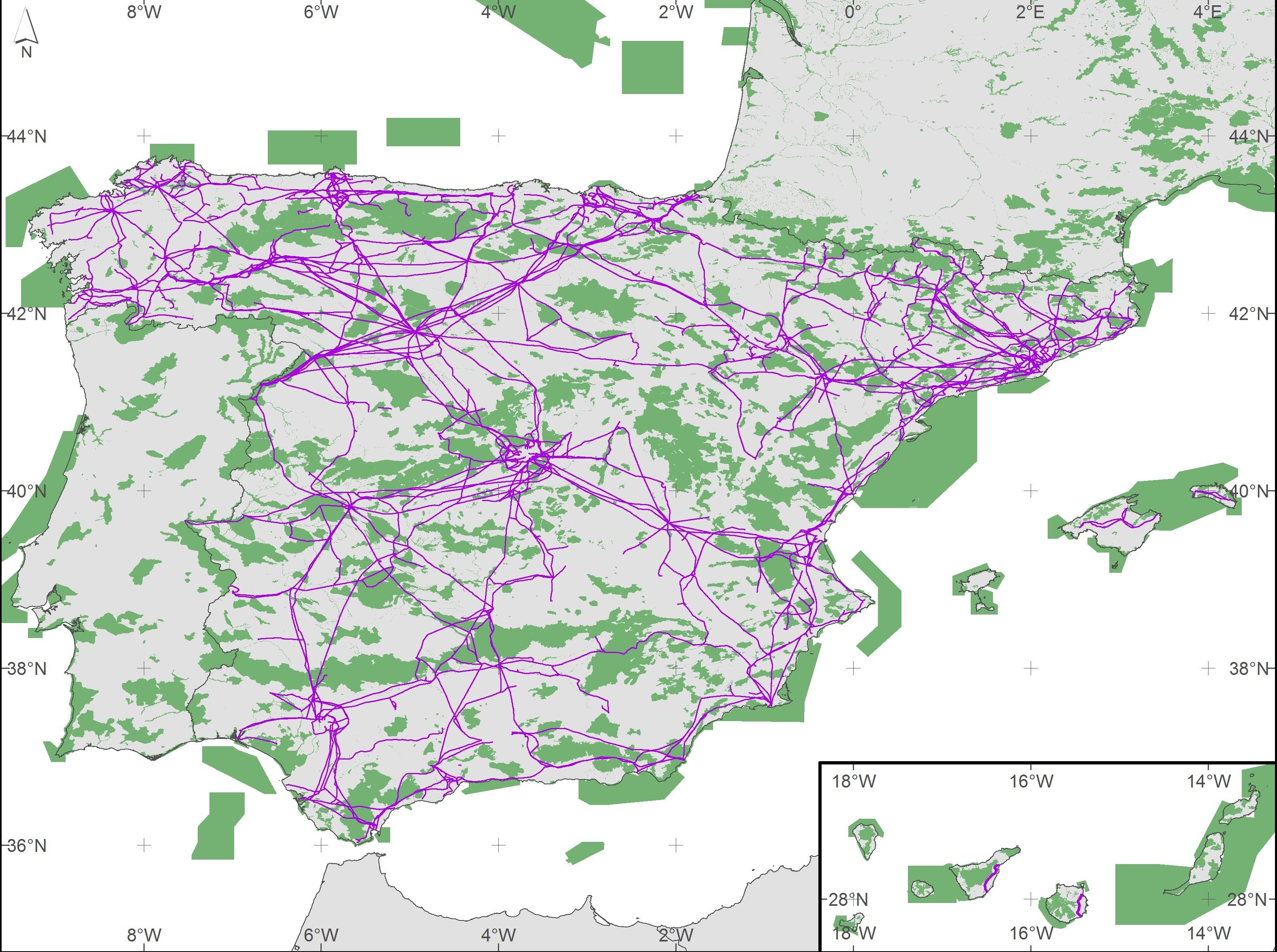The most common ecological response to climate change is the shifts in species distribution ranges. Nevertheless, landscape fragmentation compromises the ability of limited dispersal species to move following these climate changes. Building connected environments that enable species to track climate changes is an ultimate goal for biodiversity conservation. An experiment was conducted to determine if electric power transmission lines could be transformed in a continental network of biodiversity reserves for small animals. The study analysed if the management of the habitat located inside the base of the transmission electric towers (providing refuge and planting seedlings of native shrub) allowed to increase local richness of target species (i.e., small mammals and some invertebrates' groups). The results confirmed that by modifying the base of the electric transmission towers density and diversity of several species of invertebrates and small mammals increased as well as number of birds and bird species, increasing local biodiversity. The study suggests that modifying the base of the electric towers would potentially facilitate the connection of fragmented populations. This idea would be easily applicable in any transmission line network anywhere around the world, making it possible for the first time to build up continental scale networks of connectivity. informacion[at]ebd.csic.es: Ferrer et al (2020) Transporting Biodiversity Using Transmission Power Lines as Stepping-Stones? Diversity 12(11): 439; https://doi.org/10.3390/d12110439
https://www.mdpi.com/1424-2818/12/11/439

 Open Call for Research Projects in ICTS-Doñana!
Open Call for Research Projects in ICTS-Doñana!



